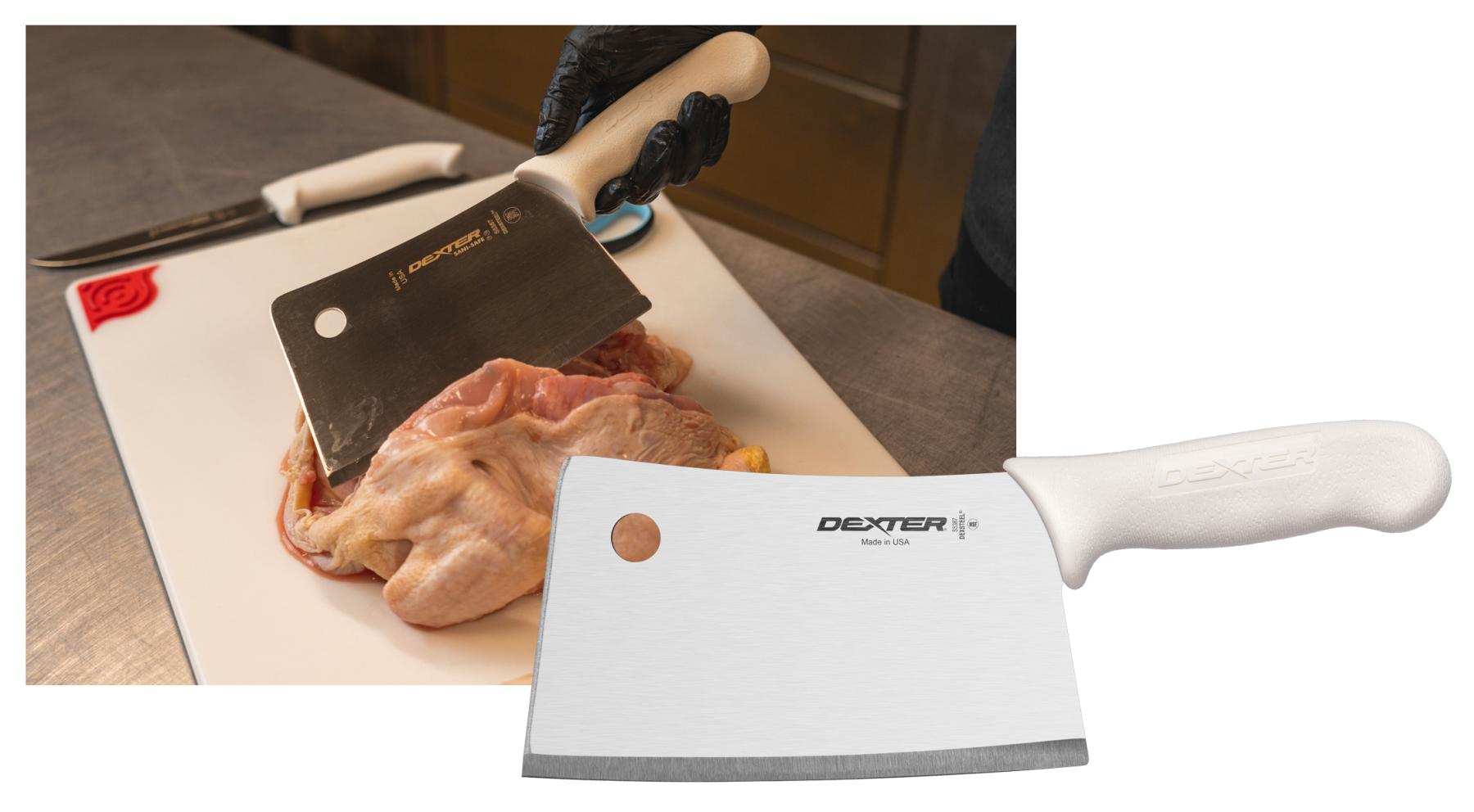
When most people see a wide, rectangular knife blade, the first thought is often, “That’s a cleaver.” But in professional kitchens and foodservice, not all rectangular blades are created equal. The Chinese Chef Knife and the Cleaver may look similar at first glance, but its design, purpose, and performance are very different. Understanding these differences can help chefs, restaurateurs, and foodservice operators choose the right tool for the job.
The Chinese Chef Knife: Versatility in a Rectangle

Despite its name, the Chinese Chef Knife isn’t a cleaver at all—it’s more like an all-purpose chef’s knife in a different shape. Known as a “chuka bocho” in Japan or “caidao” in China, this knife features a thin, lightweight blade with a razor-sharp edge.
Key Traits of The Chinese Chef Knife:
• Thin, sharp blade
• Lightweight and agile
• Multi-purpose use – chopping, slicing, dicing, and mincing
• Flat blade profile – makes it excellent for push-cutting and scooping ingredients off the board.
Chefs use the Chinese Chef Knife for vegetables, herbs, proteins, and even fine garnishes. Its wide blade doubles as a scoop, moving prepped ingredients efficiently into pans or bowls. Think of it as a rectangular version of the Western chef’s knife—versatile, sharp, and indispensable.
The Cleaver: A Heavy-Duty Workhorse

The cleaver is built for power, not finesse. The thick, hefty blade is made to take on bones, cartilage, and dense foods that would damage a thinner knife.
Key Traits of The Cleaver:
• Thick blade spine
• Heavy weight – adds force to each cut
• Durability – designed to handle bones, frozen meats, and tough cuts
• Chopping power – ideal for splitting ribs, sectioning poultry, and breaking down large proteins
Visit Dexter for quality tools for culinary professionals. You can’t go wrong with Dexter.




